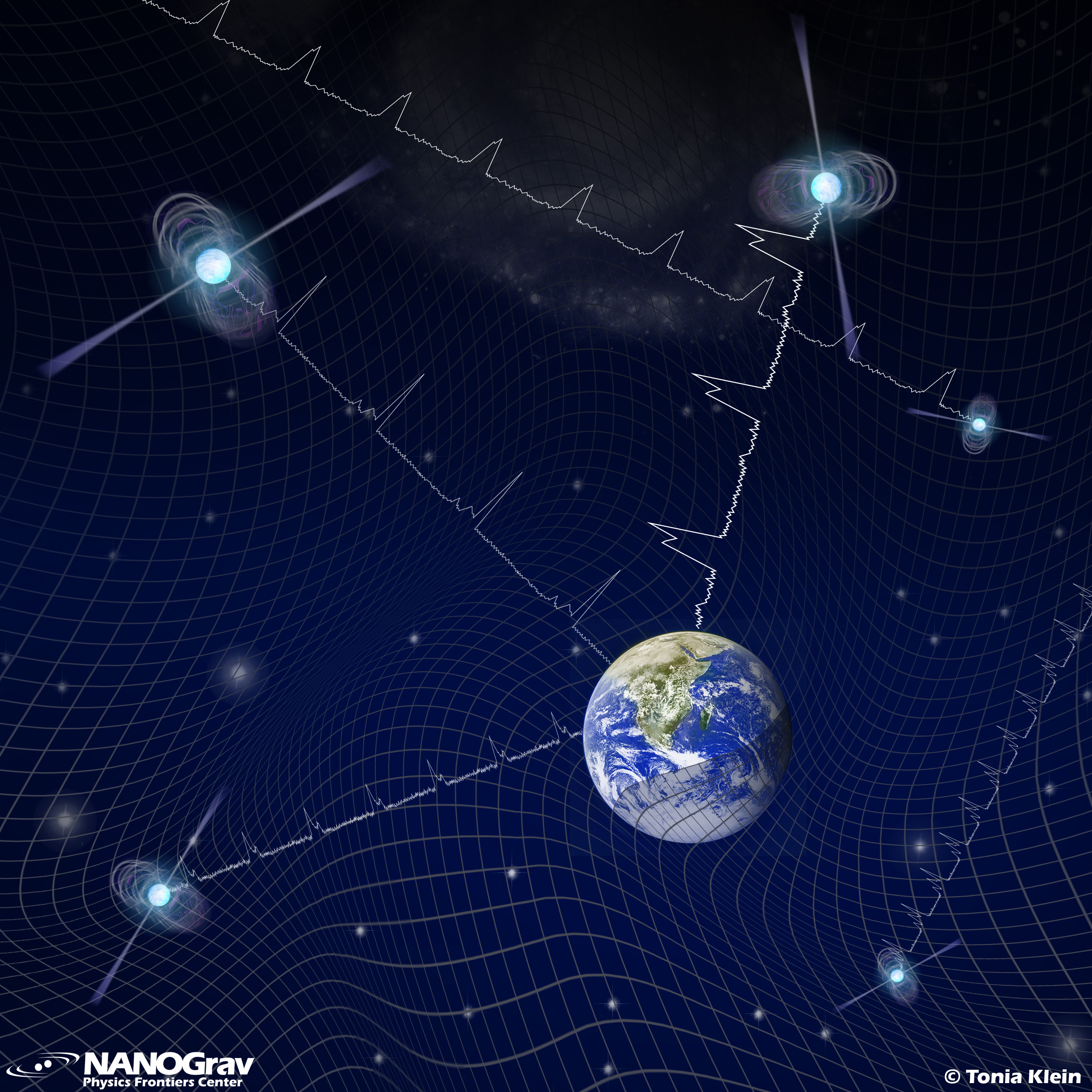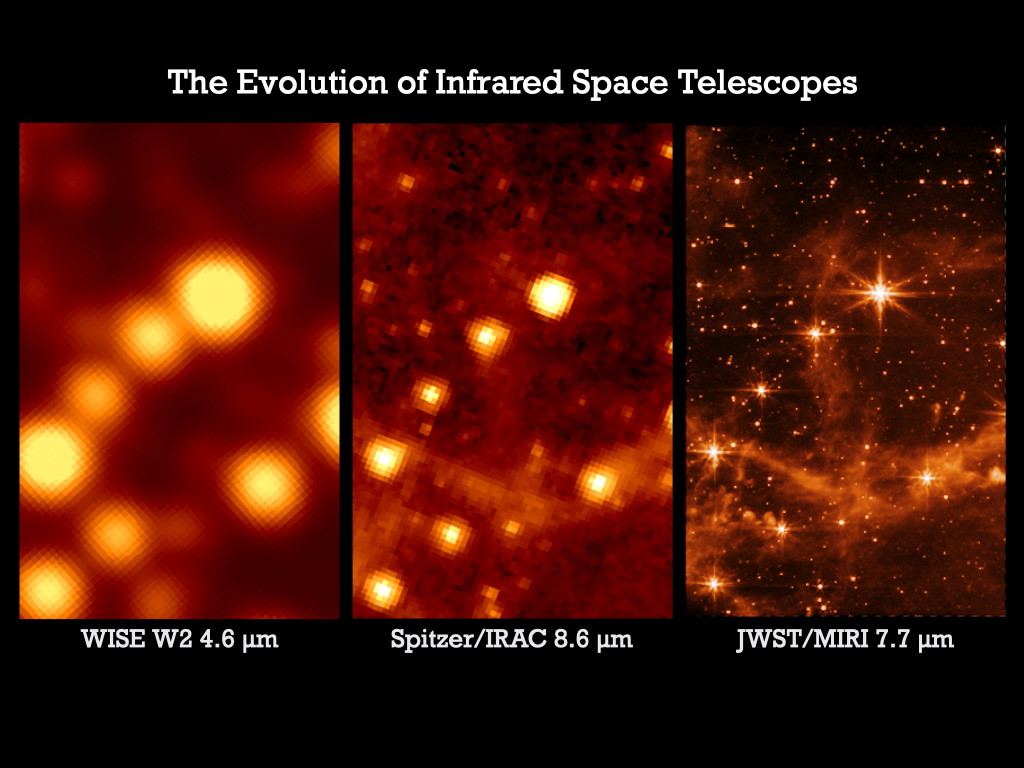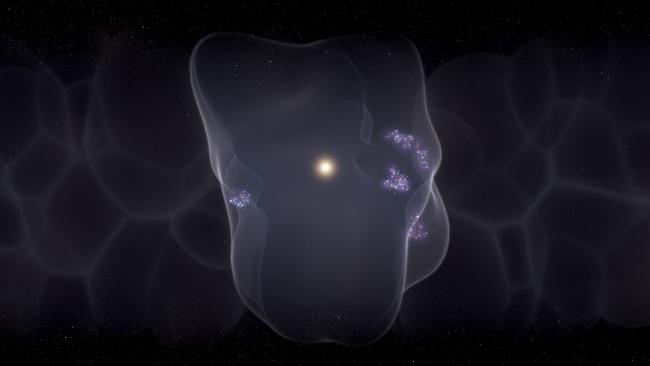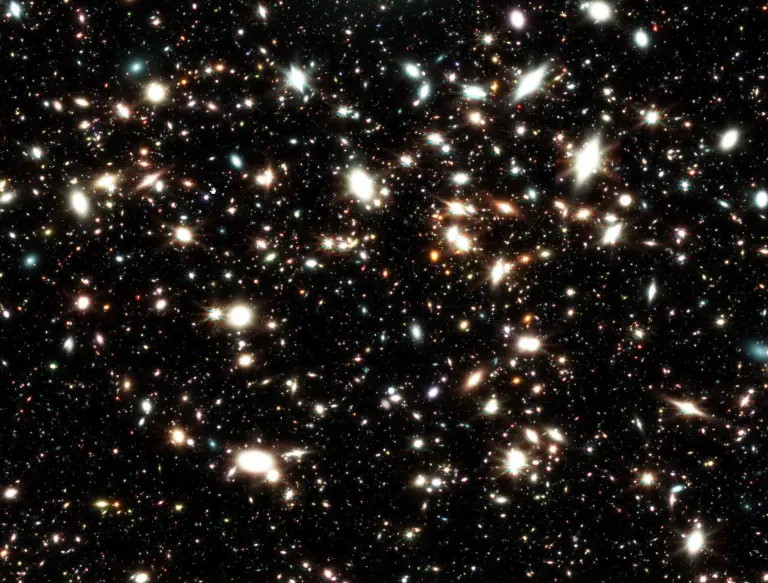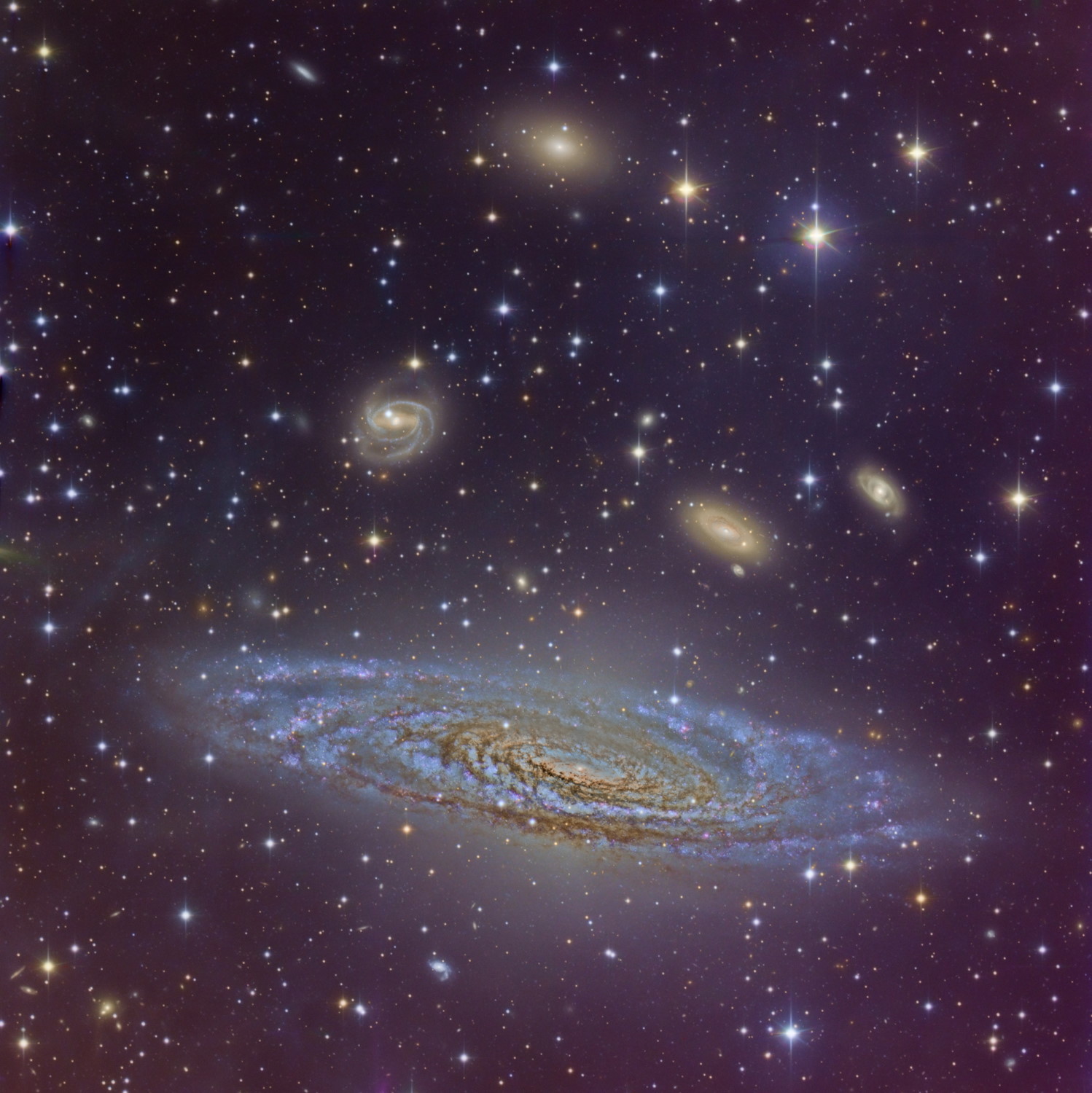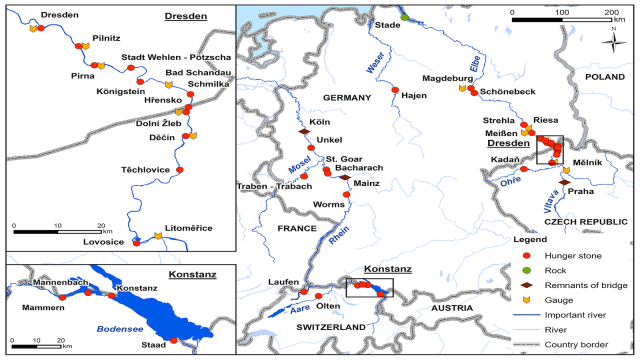Starts With A Bang Podcast #84 – Cosmological Mysteries
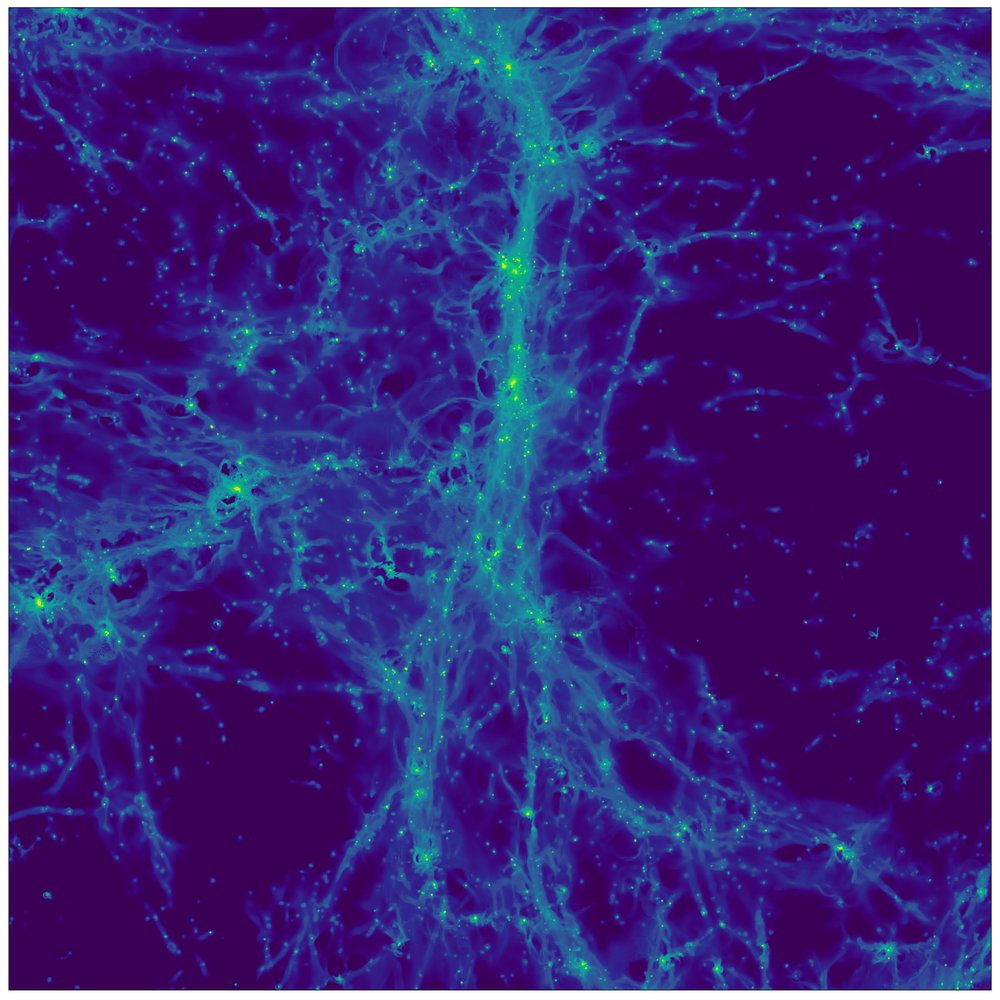
- Just a few simple ingredients, like dark matter, dark energy, normal matter, photons and neutrinos, we can model and simulate the entire Universe from the Big Bang up through today.
- For almost everything we can predict, what we model matches up spectacularly with what we observe. On large cosmic scales, what we expect to see really is what we get.
- But at early times, small scales, and extreme densities, a slew of mysteries remain. Here are some of the leading thoughts surrounding these cosmic frontiers, and hopes for finding solutions.
From the earliest stages of the hot Big Bang up through and including the present day, one cosmic picture is sufficient to describe practically everything we observe: the Lambda-Cold Dark Matter (ΛCDM) cosmological model. With a mix of dark matter, dark energy, normal matter, photons, and neutrinos, we can not only model, but can simulate the Universe from the earliest times and the smallest scales up through to the present and the full scale of the observable Universe.
In most cases, theory and observation match, and spectacularly so. But there are a few current points of tension: cosmological mysteries, that range from the expansion rate of the Universe to small-scale structure formation to the link between the pre-Big Bang Universe and our current dark-energy-caused accelerated expansion.
Where are we, how far have we come, and how far do we still have to go? I’m so pleased to welcome Dr. Santiago Casas, who specializes in many of the same sub-areas of cosmological physics I specialized in about a decade earlier, to the Starts With A Bang podcast! In this nearly 90-minute long episode, we cover a slew of fascinating topics in more depth and detail than normal, and I hope you enjoy the extra-deep dive into some of the weediest areas of modern cosmology!
